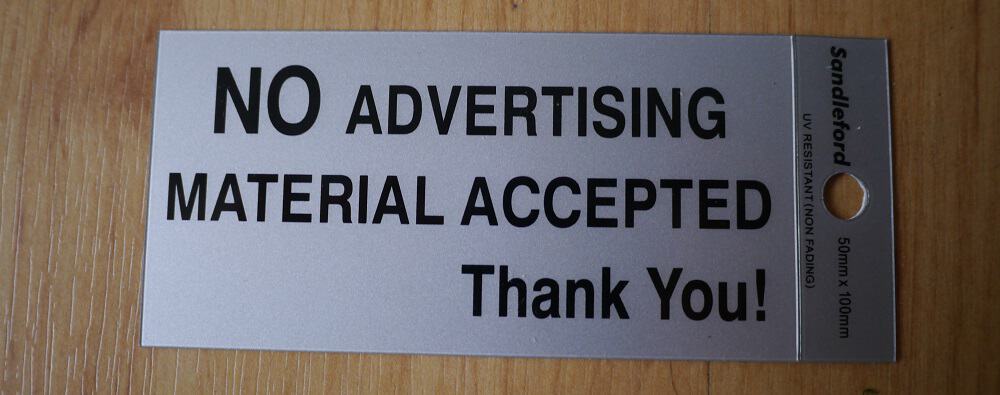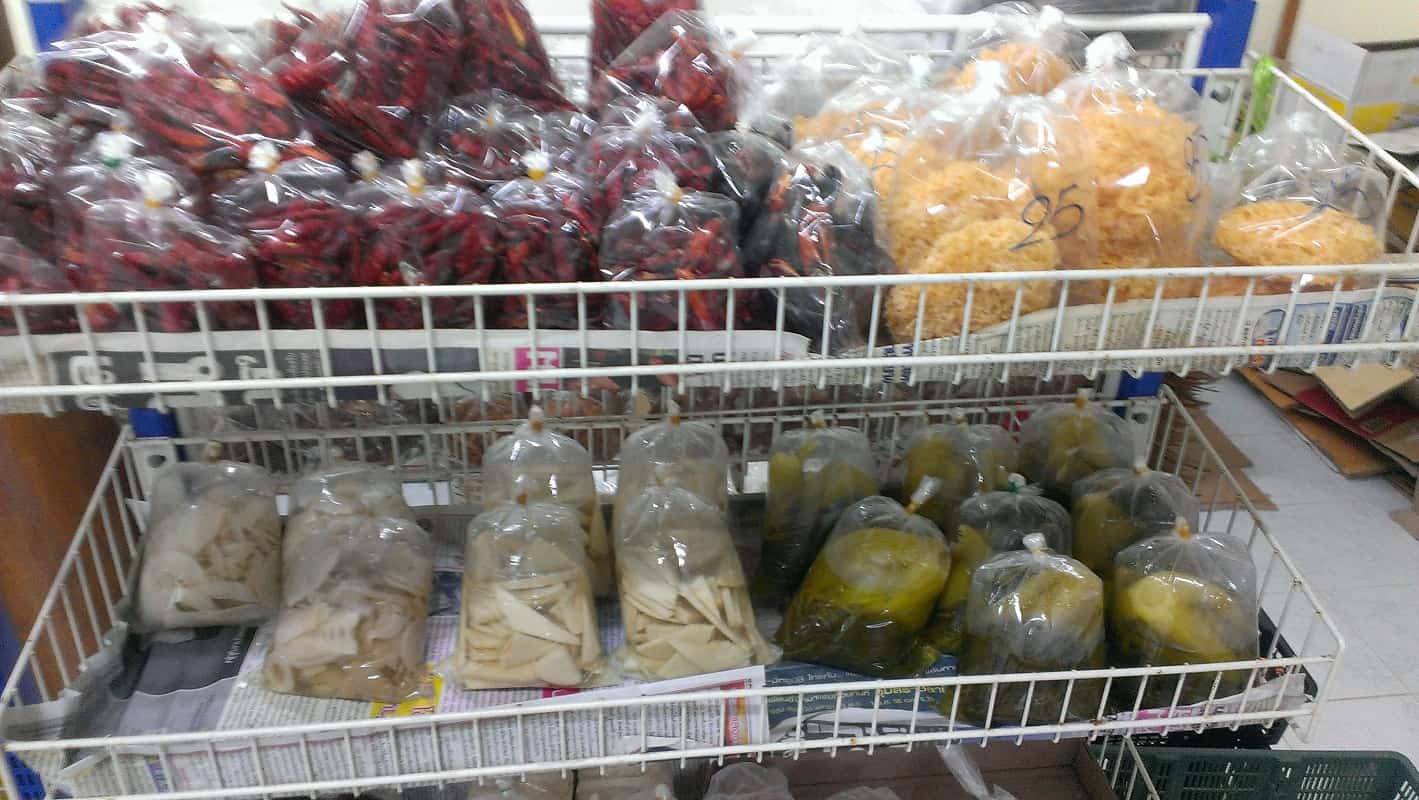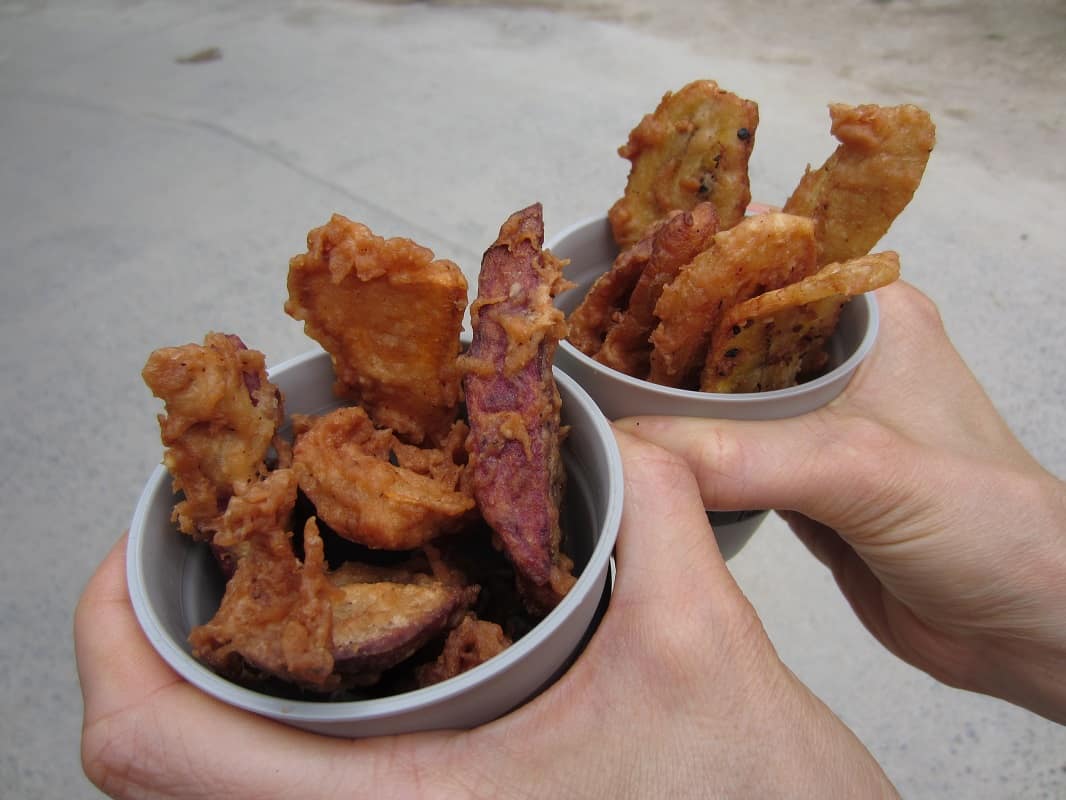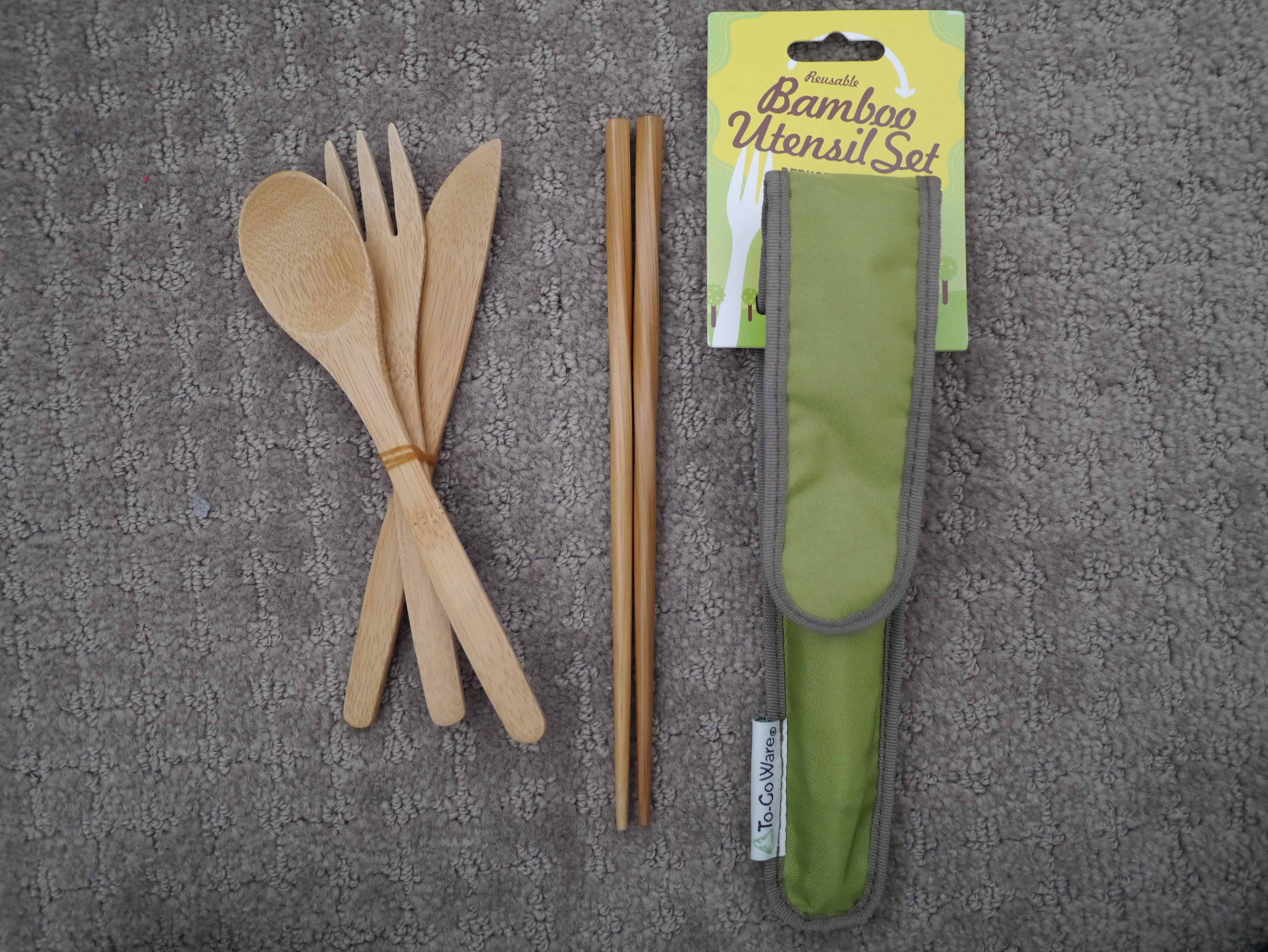I’m Green… But I Don’t Like Recycling
Before my plastic-free “awakening” I used to religiously recycle everything I could. I’d save all my plastic bottles and traipse across my home city once a month to take them to the only recycling point. I recycled Tetra-Paks back when the only option was to post them back to the supplier. I also saved used stamps and posted those off for recycling too. If something didn’t say it was recyclable, I’d hope for the best and toss it in the recycling bin anyway.
Now I’m so much more environmentally aware…and recycling no longer fills me with joy. In fact, it’s something I actively try to avoid. Thinking that doesn’t make any sense? Read on!

Recycling Lulls us into a False Sense of Security
My main frustration with recycling is that it gives the impression that we are being a responsible consumer and that, by recycling, we’ve done our bit. Of course recycling is far more responsible than sending a whole heap of stuff to landfill, but being a responsible consumer begins long before we throw our trash out.
The main issue is that recycling doesn’t address the issue of over-consumption. It sends the message that you can consume what you want so long as you recycle afterwards. Recycling still takes huge amounts of energy. It involves collection of waste from your doorstep and delivery to a depot, sorting, cleaning, processing and re-molding, followed by shipping to the next part of the chain, and plenty of this recycling waste could be avoided completely by shopping a little differently.
An enormous bin crammed full of recyclables is nothing to feel “green” about.
Recycling is a Business and Operates for Profit
It’s nice to think of recycling as a service that exists solely for the good of the planet, but actually most recycling centres are run as businesses and rely on markets, just like other businesses do. That means if a waste line is of value, it will be recycled, and if it is not of value, it won’t be. This changes according to global prices, demand and labour fees.
For example, to get a clean line of glass to make new glass you need hand pickers who will select glass bottles and leave bits of terracotta, old lightbulbs etc. A machine would sort this as glass and would contaminate the batch. But if the value of glass is low, and the cost of hand pickers is too high, the option might to to crush to make road base or even to landfill.
[This was my big revelation. When I visited a recycling centre (technical name: Materials Recovery Facility or MRF) in Perth in 2012, I was told that the only glass processing facility was in the next State – and this is still true in 2015. To drive a truck there with a load of glass that might be rejected for contaminants was an expensive risk, and the price of glass was too low to employ hand pickers to ensure there was no contamination, so this MRF chose to send all its recyclable glass to landfill.]
Recycling doesn’t always mean Recycled
Knowing whether something is recyclable or not is actually straightforward. One reason is that just because something can theoretically be recycled, it doesn’t mean that it will be, and every council has different rules about what it will accept.
For example, the bioplastic PLA is recyclable, but it is hard to sort without specific technology and most recycling plants don’t have this, so it is not recycled. In fact, the difference in recyclability of all plastic varies wildly from council to council, and country to country. Even moving suburb can mean a whole new set of rules apply! (You can usually find the details of what your council will and won’t accept on its local website.)
Even if you check your council listings meticulously, there is still a chance that your recyclables won’t be recycled. One reason is how they’ve been sent to the MRF. If you’ve bagged your recycling neatly, chances are it won’t be unbagged at the other end but sent to landfill instead. Ditto if you’ve left any liquid in bottles, or left the lids on.
But let’s assume you’ve done everything exactly as you are supposed to. Great…but what if your neighbour hasn’t? Or the guy at the end of your road? People chuck all kinds of things into recycling, and it can contaminate the whole truck and mean the whole consignment gets landfilled. Car batteries, duvets and pillows, even loose shredded paper can contaminate whole loads.
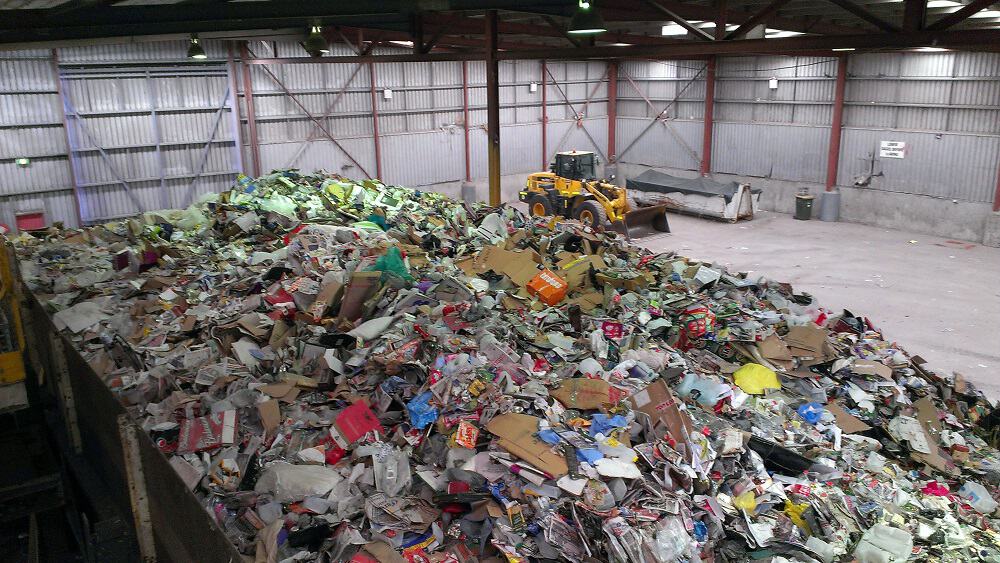
Recycling isn’t pretty…and when everyone’s waste gets mixed together in a huge truck, chances are there will be some contamination : /
It’s not necessarily that people are deliberately doing the wrong thing, either. Recycling can be confusing! I can confess to putting light bulbs into recycling because hey, they’re glass! I didn’t know any different! Now I know, yes they are glass, but it’s heat resistant glass that melts at a different temperature to regular glass like wine bottles, and isn’t going to do the recycling process any favours!
If not Recycling, then What?!
I want to be clear that I still recycle. Of course I recycle! However my goal is to recycle as little as possible. We have a wastepaper bin which we use as a recycling bin, and we fill it every couple of weeks. We have paper (often mail), paper receipts, the community newspaper and beer bottles.
We don’t buy plastic so we never have any to recycle, although we do accumulate small amount of soft plastic over time, and I usually take a small ball to the soft plastic recycling point about once every six months.
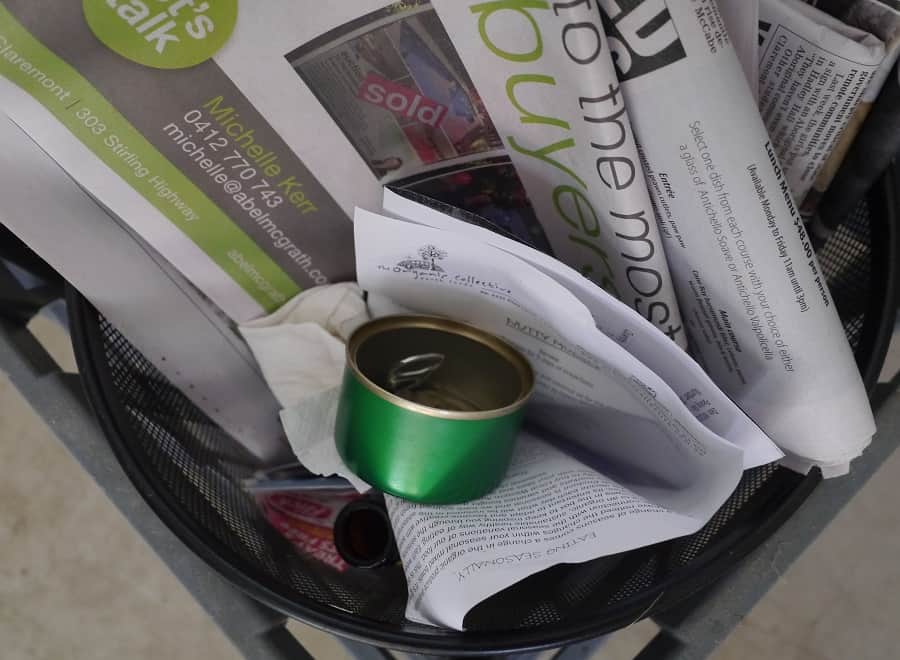
This bin (loosely packed) get’s filled every one / two weeks with recyclables… less if my husband decides not to buy any beer!

This photo was taken in September 2014, and was the third stash of plastic we collected since January that year. Soft plastics can be downcycled, but I’d rather eliminate them altogether!
Instead of recycling, I try to bring as little waste as possible through the door. Bringing my own produce bags, cloth bags for bread and reusable shopping bags to the shops, buying in bulk, cancelling junk mail and buying second-hand items rather than new has seriously cut down the amount of packaging we throw away.
Everyone knows the manta “Reduce, Reuse, Recycle”, but we tend to focus on the last one – “Recycle” – when it’s far more environmentally responsible to focus on the first one – “Reduce”. Or add another in front – Refuse!
Recycling is a great place to start in the journey to be more environmentally friendly, but it’s a terrible place to stop. After all, we can’t recycle our way to a more sustainable planet! We need to be just as responsible about what’s entering our house as we are with disposing of it afterwards!
Now I’d love to hear from you! Tell me – do you have a love-hate relationship with recycling? Are there any frustrations you’d like to share? Or do you embrace it with open arms?! Has your opinion changed as you’ve gone on your sustainability journey? Have you ever been to a recycling plant and what surprised you about what you saw? Do you have anything else to add? Whether you agree or disagree I’d really like to know our thoughts, so please leave a comment below!
[leadpages_leadbox leadbox_id=1429a0746639c5] [/leadpages_leadbox]

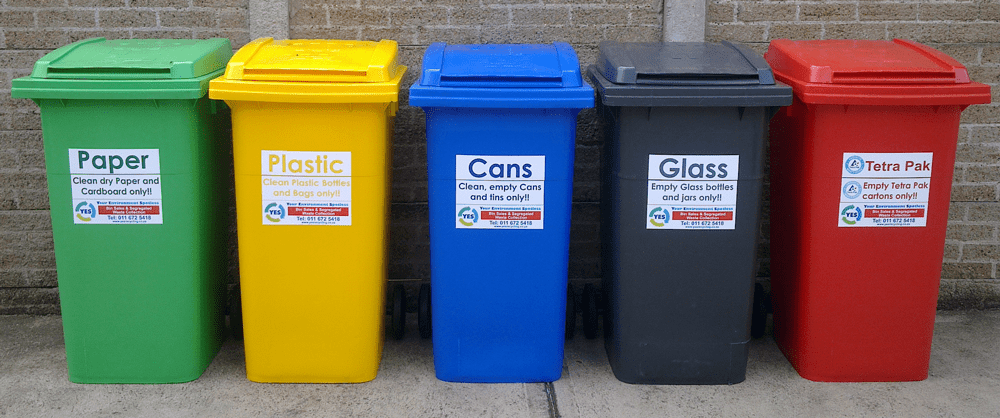
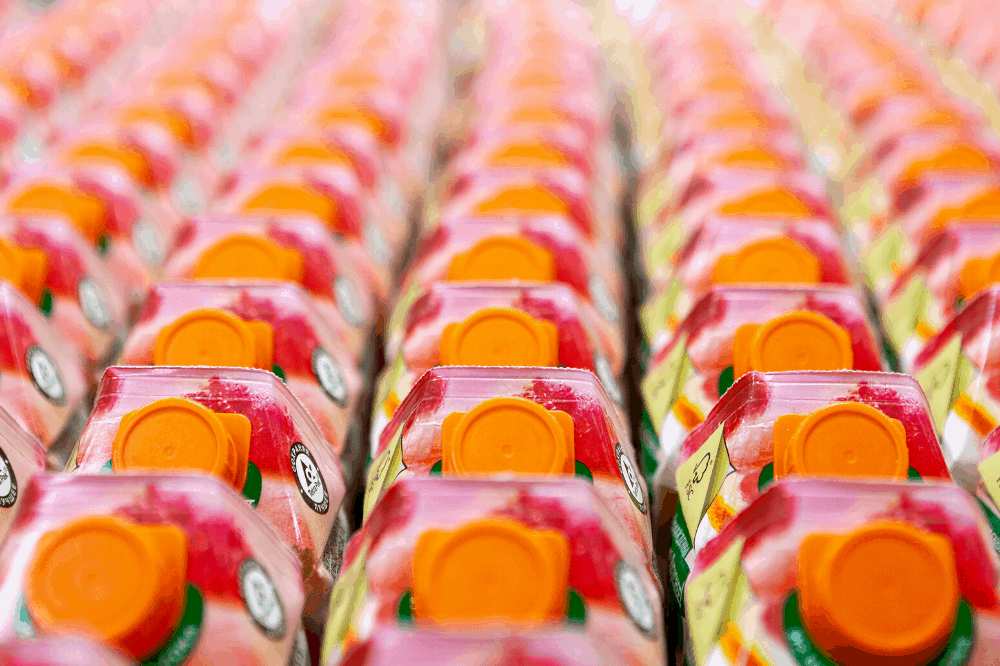
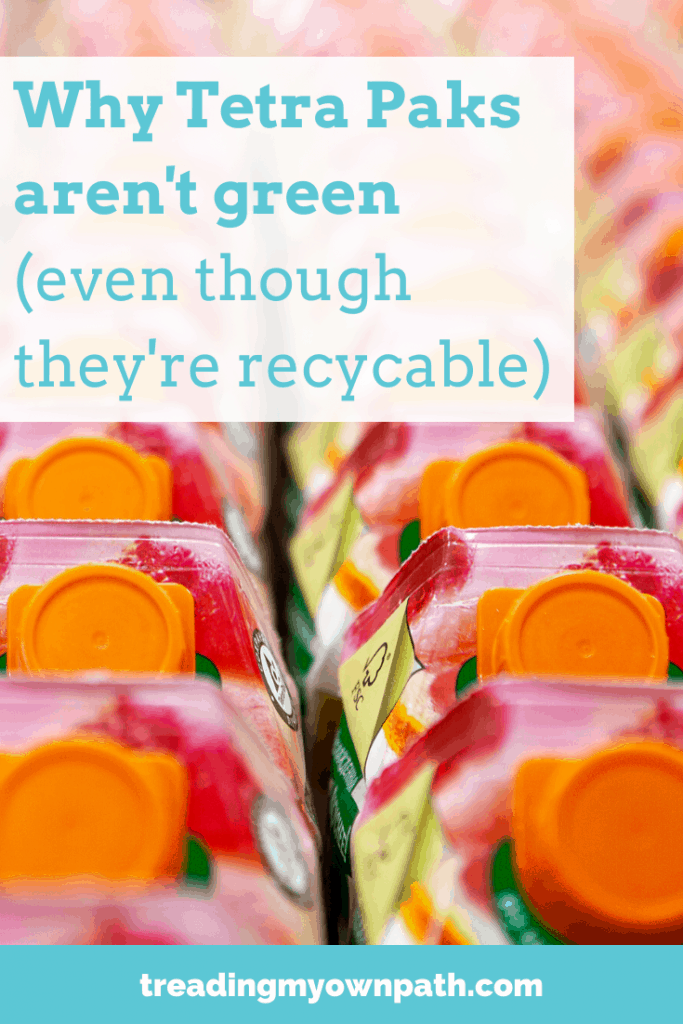
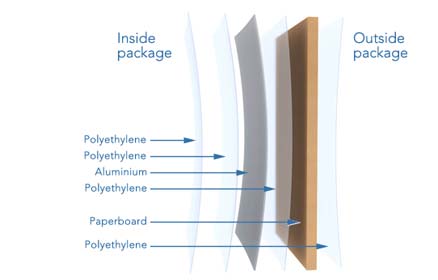


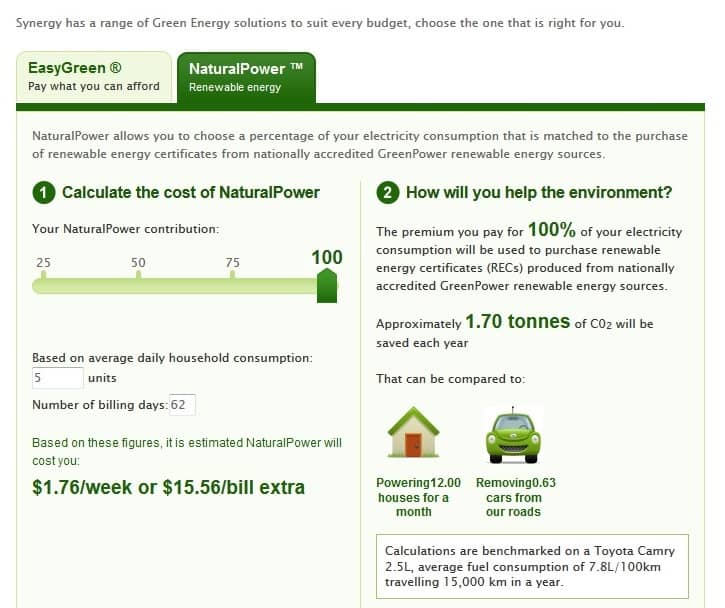
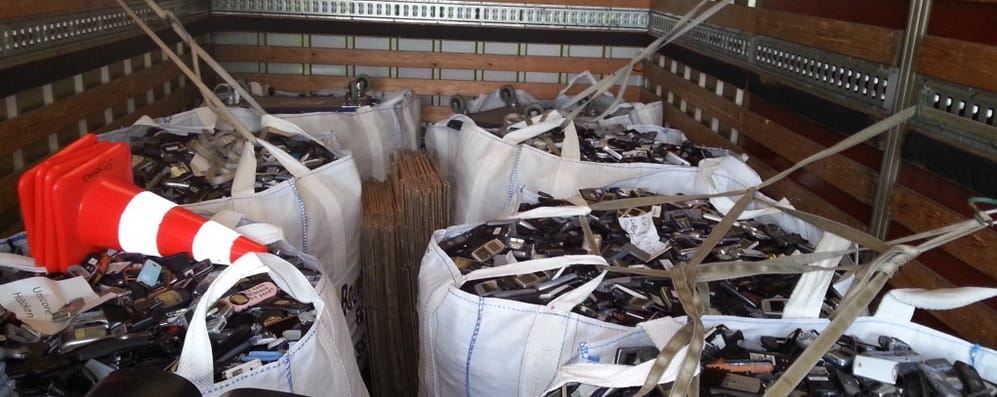
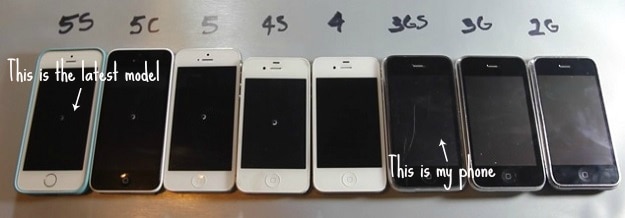
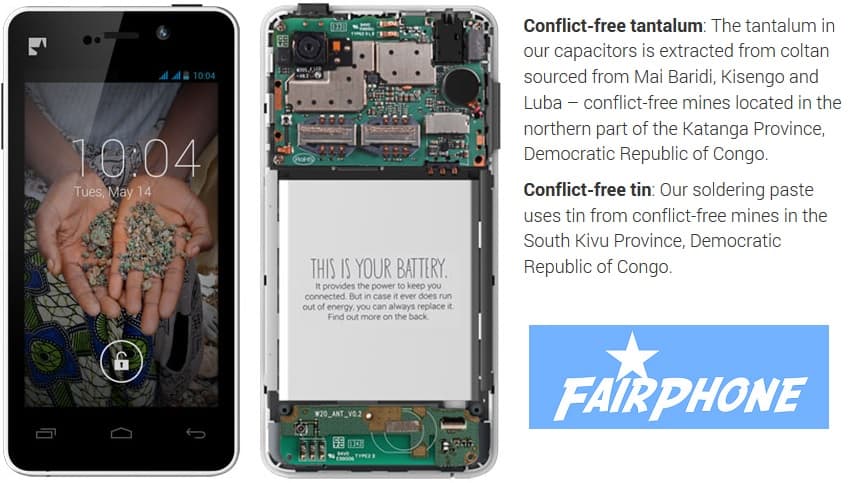
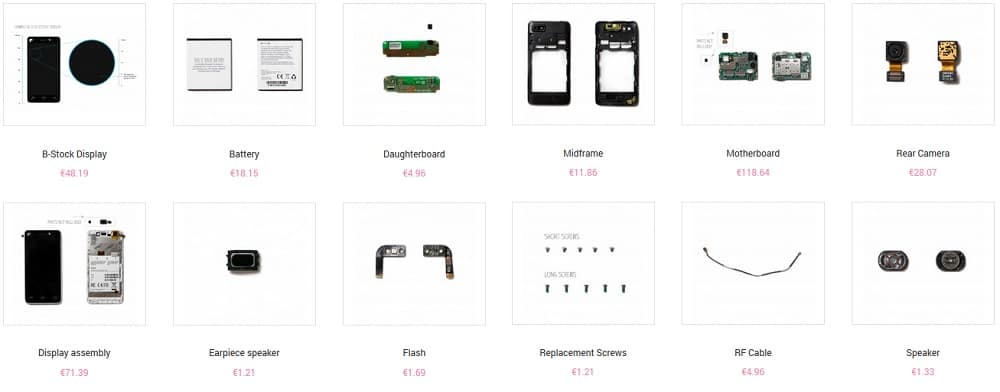
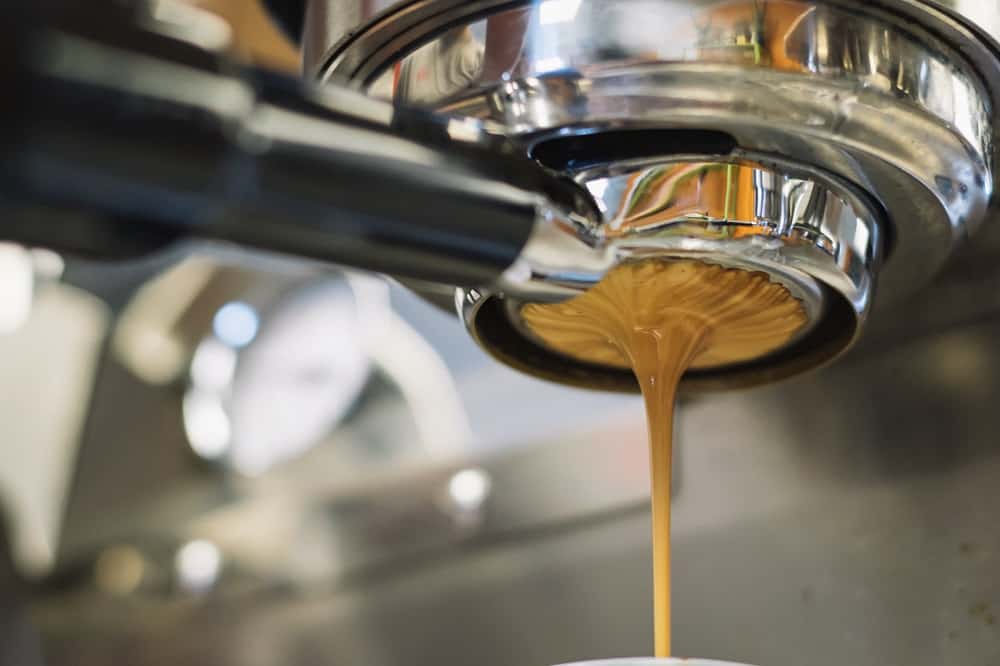


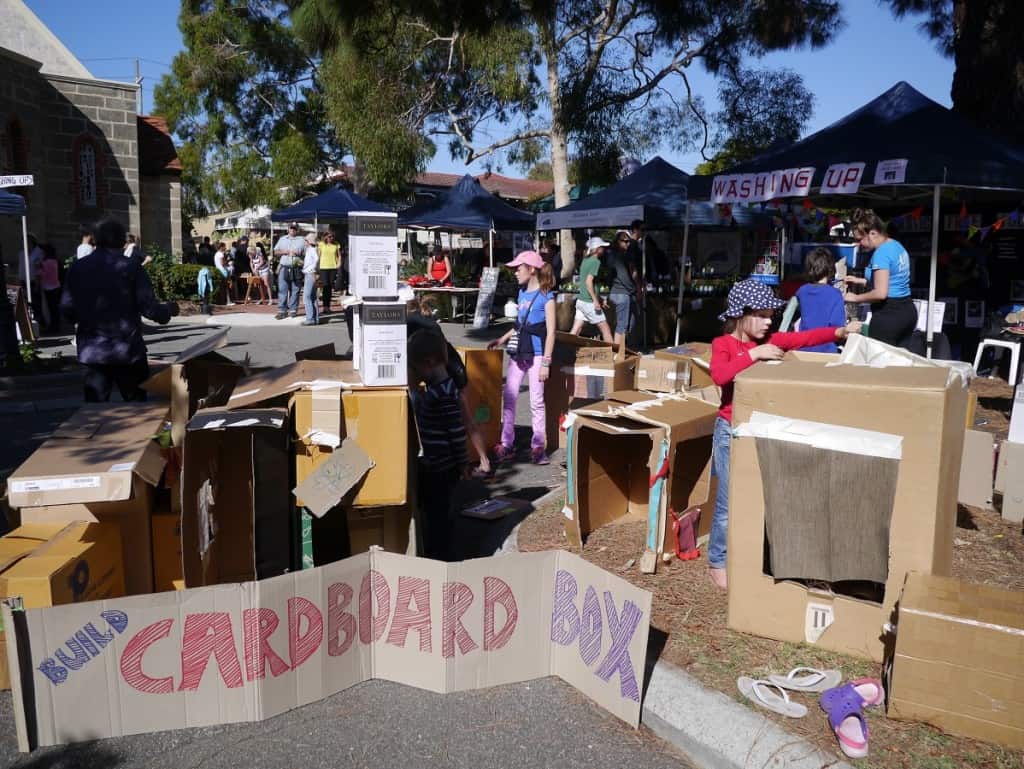
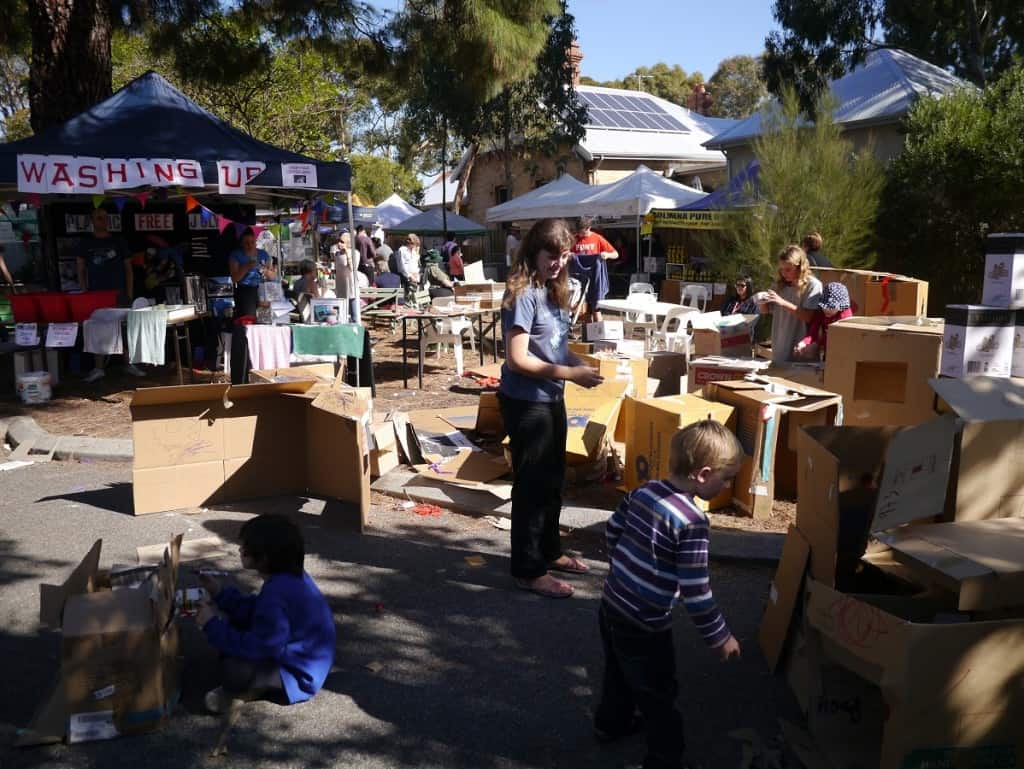

 The cake is a chocolate pear rosemary cake that’s gluten- and dairy-free. You can find the recipe
The cake is a chocolate pear rosemary cake that’s gluten- and dairy-free. You can find the recipe 